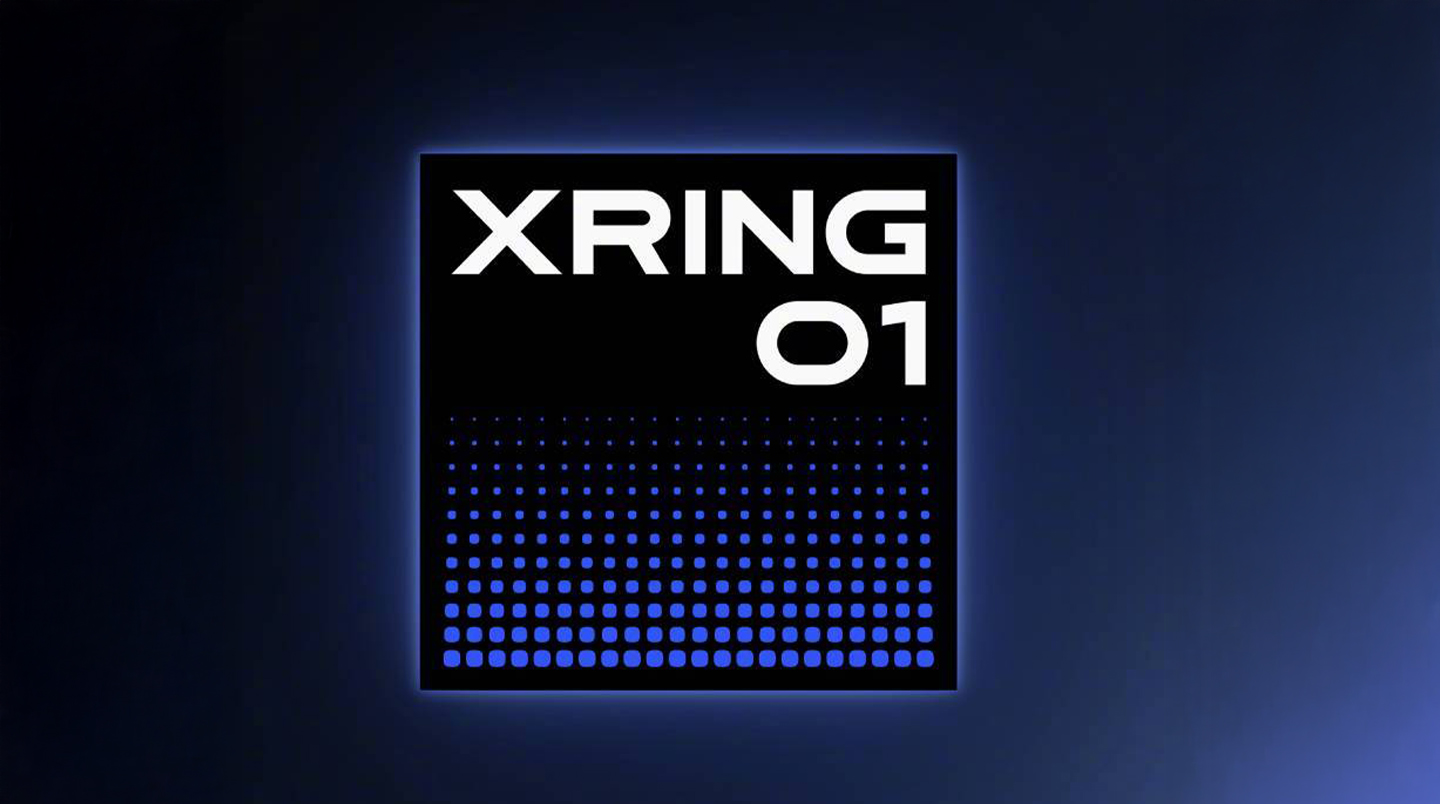Xiaomi has formally clarified a key point for stakeholders and tech enthusiasts: the MIX Flip 2, despite its flagship status, does not utilize the company’s premium XRING O1 processor. This decision, as detailed in Xiaomi’s recent Q&A session, comes down to supply limitations rather than technical shortcomings.
Production Constraints Drove the Decision
To be direct—the XRING O1 wasn’t excluded for lack of capability. Instead, Xiaomi simply didn’t manufacture enough of these advanced chips to support mass production for the MIX Flip 2 lineup. The XRING O1 was originally developed as a first-generation, in-house chipset primarily for internal verification and flagship device testing. As such, its supply was intentionally limited during initial rollout.
This scenario underscores the practical challenges of introducing new silicon at scale. Even for an industry leader, resource allocation for cutting-edge components requires measured, strategic planning.
XRING O1: Technical Snapshot
For reference, the XRING O1 is manufactured on a 3nm process, packing 19 billion transistors into a compact 109mm² footprint. It features a ten-core, quad-cluster CPU design, including:
- Dual high-performance cores (up to 3.9GHz)
- Four additional performance cores
- Two energy-efficient large cores
- Two super energy-efficient cores
Performance benchmarks indicate single-core results over 3,000 points and multi-core performance above 9,500. The chip’s graphics performance is driven by the Immortalis-G925 GPU, offering industry-leading efficiency and power.
Current Product Integration
At present, the XRING O1 processor is reserved for select premium devices: the Xiaomi 15S Pro, Pad 7 Ultra, and Pad 7S Pro. The company’s CEO, Lei Jun, has acknowledged that initial market demand for the chip exceeded forecasts, prompting a conservative allocation strategy.
Looking Ahead
Xiaomi’s transparency regarding production limitations helps set realistic expectations for the market and reinforces its commitment to optimal user experience. While MIX Flip 2 users may be disappointed, this allocation ensures that the XRING O1 is deployed where it can deliver the most value.
As Xiaomi continues to refine its in-house silicon strategy, future device availability will likely improve as production scales. For now, stakeholders should expect the XRING O1 to remain exclusive to a handful of flagship products.
Source: IT Home


 Emir Bardakçı
Emir Bardakçı


